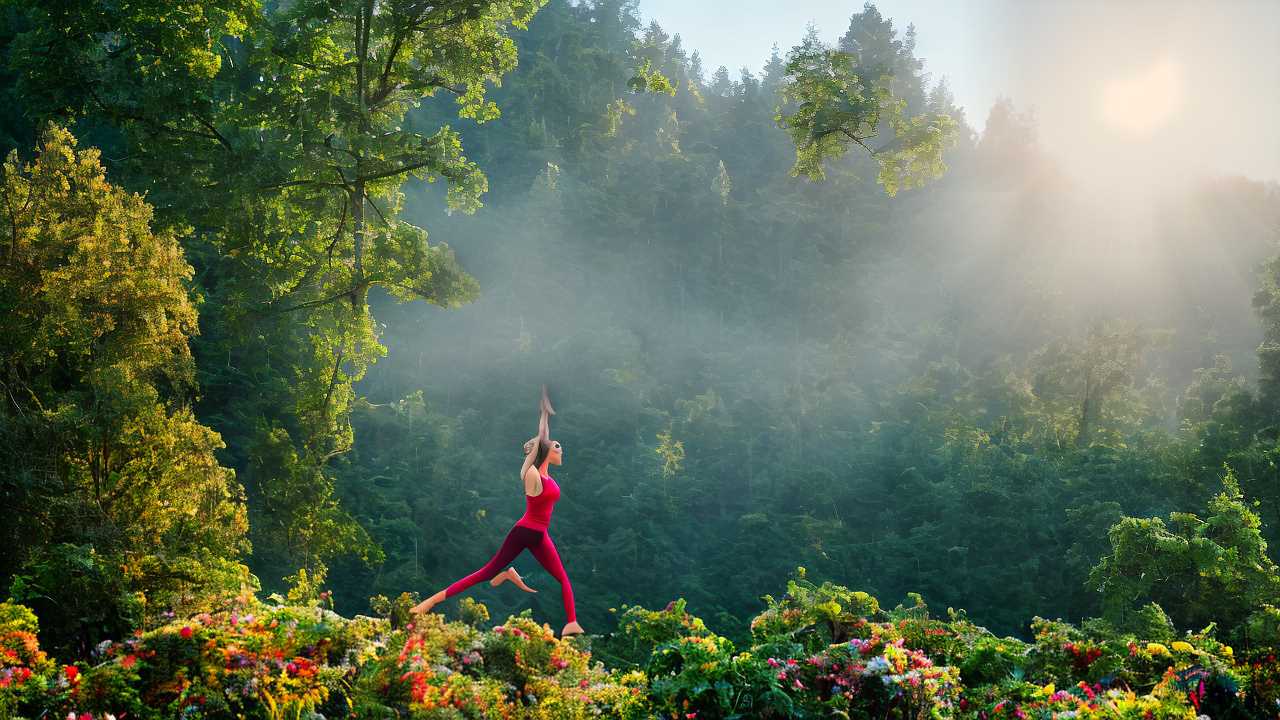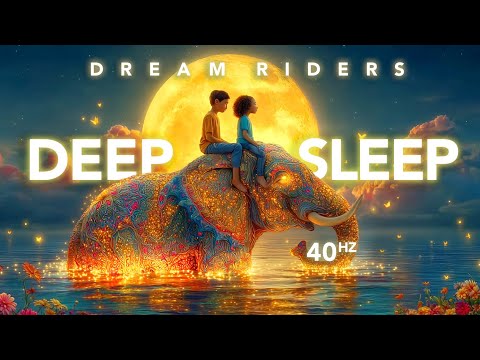Imagine your mind as a turbulent ocean, and yoga poses are the anchors that can help you find stillness and calm within the storm.
As you navigate the waters of stress in your daily life, these expert-approved poses offer a sanctuary of relief and relaxation.
Discover how these simple yet powerful practices can transform your state of being and cultivate a sense of peace within yourself.
Key Takeaways
- Explore a variety of yoga poses targeting stress in the back, shoulders, and hips.
- Learn techniques to ease stress, improve posture, and enhance mental clarity.
- Experience relaxation, improved sleep, and stress relief with specific yoga poses.
- Promote relaxation, circulation, and flexibility through expert-approved stress-relieving yoga poses.
Yoga Poses for Stress Relief Overview
If you’re feeling overwhelmed and in need of a moment to unwind, exploring the Yoga Poses for Stress Relief Overview can be a great starting point.
Yoga offers a gentle yet powerful way to address the tension that might be lingering in your back, shoulders, and hips.
These specific poses are designed not only to release physical tension but also to calm your mind, promoting relaxation and overall well-being.
Stick Pose (Yastikasana)
Let’s explore the benefits of Stick Pose. This pose can help ease stress, enhance your posture, and bring a sense of calm to both your body and mind.
Learn some alignment tips for proper form. Remember to breathe deeply, focus on your alignment, and enjoy the soothing effects of Stick Pose during your stress-relief practice.
Discover effective breathing techniques for relaxation.
Benefits of Stick Pose
The calming and grounding Stick Pose (Yastikasana) offers a multitude of benefits for stress relief and overall well-being. This pose helps in relaxation, promoting mental clarity, and reducing tension in the body.
By stretching the spine, hamstrings, and shoulders, Stick Pose aids in releasing stress and improving flexibility. It also enhances circulation, reducing fatigue and revitalizing the body.
Engaging in Stick Pose regularly can bring a sense of inner peace and well-being, making it a valuable addition to your home yoga practice. Remember, this simple yet effective pose can be done safely at home, providing you with a quick way to find serenity and relief from the pressures of daily life.
Proper Alignment Tips
To achieve proper alignment in Stick Pose (Yastikasana), focus on elongating your spine and engaging your core muscles for a strong and stable foundation.
As you hinge forward from your hips into a gentle forward fold, pay attention to your lower back to prevent strain.
Keep your legs active and extended, creating a straight line from your heels to the crown of your head.
This alignment not only improves posture but also helps in stretching the back and legs, releasing tension and enhancing flexibility.
By centering on core muscles and maintaining proper alignment, you support your body’s structure, promoting mindfulness and focus throughout the pose.
Breathing Techniques for Relaxation
Transitioning from focusing on alignment in Stick Pose, now shift your attention to incorporating intentional breathing techniques for relaxation in this calming yoga posture. Engage in deep breathing to release tension and promote mental relaxation.
Here are three tips for incorporating breathing techniques into Stick Pose for stress relief and well-being management:
- Deep Breathing: Inhale slowly through your nose, expanding your belly, then exhale fully through your mouth, releasing any tension.
- Conscious Relaxation: With each breath, consciously relax different parts of your body, starting from your head down to your toes.
- Anxiety Reduction: Focus on the present moment, letting go of worries and allowing yourself to unwind and rejuvenate.
Practice these techniques during Stick Pose at home for fatigue reduction and a sense of calm.
Corpse Pose (Savasana)
Allow your body to completely relax and unwind with the soothing benefits of Corpse Pose (Savasana). This relaxation pose is a powerful tool to reduce stress, promote deep relaxation, and release tension.
By practicing Savasana, you can calm the mind, rejuvenate the nervous system, and lower blood pressure, creating a sense of peace and tranquility within yourself. Not only does Savasana help in reducing anxiety, but it also plays a vital role in improving the quality of your sleep, leading to enhanced overall well-being.
Regularly incorporating this pose into your routine can aid in sharpening focus, increasing concentration, and achieving mental clarity by allowing your mind to reset and unwind.
Embrace the restorative powers of Savasana to nurture your body and mind, bringing harmony and balance into your life.
Reclining Bound Angle With Bolster
Let’s explore the benefits, alignment tips, and beginner variations of the Reclining Bound Angle With Bolster pose.
This restorative posture is excellent for opening up your chest, abdomen, and pelvis to help relieve stress and tension.
Using a bolster can enhance your comfort and deepen the stretch in your inner thighs and groins, aiding in relaxation and improved circulation.
Benefits of Pose
Enhancing your relaxation experience, the Reclining Bound Angle pose with a bolster provides vital support for your lower back while opening your chest and abdomen for deep stress relief. Here are the benefits of this therapeutic pose:
- Supports your lower back and opens your chest and abdomen, promoting relaxation.
- Helps release tension in the hips and groin area, fostering a sense of calm and ease.
- Enhances the restorative benefits by allowing your body to surrender into the stretch, relieving fatigue, improving circulation, and alleviating stress.
This combination of reclining posture, bound angle position, and bolster support creates a safe and effective environment for stress relief and relaxation, allowing you to experience deep therapeutic benefits.
Proper Alignment Tips
To ensure proper alignment in the Reclining Bound Angle pose with a bolster, focus on supporting your lower back while opening your chest and abdomen for a more relaxed and effective practice. Place the bolster under your sacrum to gently support your lower back, preventing any strain. This will also help in aligning your spine and hips, enhancing the hip-opening stretch.
By using the bolster, you create a stable foundation that promotes ease and comfort during the pose, leading to stress relief. Remember, the key is to maintain gentle support throughout the practice to ensure your body feels secure and at ease.
Embrace this alignment for a more beneficial and soothing experience.
Variations for Beginners
For beginners looking to ease into the Reclining Bound Angle pose with a bolster, consider starting with a slight elevation under your lower back to enhance support and comfort. This variation offers a gentle stretch in the inner thighs and groin area, promoting relaxation and deep breathing for stress relief.
Here are three tips to help beginners make the most of this pose:
- Place a bolster under your lower back for added support and comfort.
- Allow your knees to gently open to the sides, feeling a mild stretch in the inner thighs.
- Focus on deep breathing to enhance the restorative benefits and aid in calming the mind.
Practice this variation regularly to experience the full relaxation and stress-relief benefits it offers.
Legs Up the Wall Pose
Relax and relieve stress with the gentle inversion pose known as Legs Up the Wall, also called Viparita Karani. This pose is a powerful tool for promoting relaxation and stress relief by calming the nervous system.
By lying on your back with your legs extended up against a wall, you allow gravity to assist in draining lymphatic fluid, reducing leg swelling, and improving circulation. Legs Up the Wall Pose can help ease tension in the lower back, alleviate fatigue, and provide a sense of peace after a long day.
Furthermore, this restorative pose encourages blood flow back to the heart, which can aid in reducing anxiety, insomnia, and feelings of overwhelm. Just 5-10 minutes in this pose can have a significant impact on calming your mind, releasing tension, and restoring balance to your body.
Embrace Legs Up the Wall Pose as a simple yet effective way to find relaxation and relief from the stresses of daily life.
Rag Doll Pose (Uttanasana Variation)
Ease tension in your back, shoulders, and neck with the gentle forward fold of Rag Doll Pose (Uttanasana Variation), a relaxing yoga posture that encourages a sense of surrender and promotes overall well-being. This variation offers a modified approach to the traditional Uttanasana, making it more accessible for all.
Here’s why you should incorporate Rag Doll Pose into your routine:
- Release Tension: By bending your knees slightly, you can ease into the pose, allowing for a deeper release of tension in the upper body.
- Improve Flexibility: The gentle stretch in the spine helps improve flexibility over time, making daily movements easier and more comfortable.
- Reduce Anxiety: Promoting blood flow to the brain and calming the mind, Rag Doll Pose aids in reducing anxiety and creating a sense of peace within.
Take a few moments each day to practice Rag Doll Pose, and feel the soothing benefits it brings to your body and mind.
One-Legged Seated Forward Bend
As you move from the soothing Rag Doll Pose, transition into the invigorating stretch of One-Legged Seated Forward Bend, also known as Janu Shirasasana, to further release tension in your lower back, hips, and hamstrings.
This pose targets the hamstrings, groins, and spine, offering a deep stretch that helps alleviate tightness in these areas. By practicing Janu Shirasasana, you can experience relaxation and stress relief as the pose eases tension in your lower back and hips.
Additionally, this asana enhances flexibility in the hamstrings, promotes better digestion by massaging the abdominal organs, and boosts blood circulation throughout the body. Regular practice of Janu Shirasasana can also contribute to anxiety reduction and overall fatigue relief.
Remember to approach this pose mindfully, listen to your body, and consider using props like a yoga strap or bolster for added support, especially if you’re new to this posture. Enjoy the benefits of this calming stretch for both your body and mind.
Revolved Abdomen Pose
Strengthen your core and improve digestion with the Revolved Abdomen Pose, also known as Jathara Parivartanasana, a yoga posture that offers a deep stretch for the spine, shoulders, and hips. This pose is excellent for enhancing digestion, detoxifying your body, and promoting relaxation. Here’s why you should incorporate the Revolved Abdomen Pose into your routine:
- Digestion and Detoxification: By twisting your abdomen in this pose, you can massage the internal organs, aiding digestion and reducing bloating.
- Release Tension and Promote Relaxation: The stretch on your spine, shoulders, and hips helps release tension, allowing for a sense of relaxation to flow through your body.
- Relieve Lower Back Pain and Improve Spinal Flexibility: Regular practice of this pose can alleviate lower back pain and increase the flexibility of your spine, contributing to overall well-being.
Embrace the Revolved Abdomen Pose to not only enhance your physical health but also to achieve a state of tranquility and balance in your mind and body.
Frequently Asked Questions
Which Yoga Pose Is Best for Stress Relief?
To find the best yoga pose for stress relief, focus on deep breathing, gentle stretching, and a mind-body connection. Incorporate restorative poses like Child’s Pose and Savasana for a relaxing sequence that promotes stress relief and relaxation.
What Is the Most Relaxing Yoga Pose?
For the ultimate relaxation, embrace Corpse Pose. Lie down, arms and legs stretched, focusing on deep breaths. Release tension, calm your mind, and rejuvenate your body. Peaceful savasana awaits, offering tranquility and restoration.
Which Aspect of Yoga Is Particularly Beneficial for Stress Reduction and Mental Well-Being?
Breathing techniques, meditation benefits, and mind-body connection in yoga are particularly beneficial for stress reduction and mental well-being. They promote physical relaxation, emotional release, and regulate the nervous system, leading to mental clarity and self-care practices.
Is Yoga Proven to Reduce Stress?
Yes, scientific evidence supports yoga’s stress-reducing benefits. By fostering the mind-body connection and using breathing techniques, yoga helps lower cortisol levels, improves stress management, mental health, and promotes a relaxation response. It’s proven effective for anxiety reduction.
Conclusion
Congratulations on making it through these stress-relieving yoga poses! Remember, the key to managing stress is to practice self-care regularly.
So, why not take a moment to relax and unwind with some more yoga poses? It may seem ironic that the solution to stress is to slow down and breathe, but sometimes the simplest things can have the biggest impact on our well-being.
Keep up the good work and keep finding moments of peace in your day. You deserve it!





11 responses to “Expert-approved Yoga Poses for Stress Relief at Home”
hey, Rachel Baxter, can you tell how long i should stay in the corpse pose for it to be effective? im new to yoga and really wanna make sure im doing it right for stress relief. thanks!!
Legs up the wall is a game changer, swear it’s the only reason i’m surviving finals. who knew lying against a wall could feel so good.
ah yes, let’s all become human pretzels to deal with stress. because that’s normal. next you’ll tell me smelling flowers cures anxiety.
If yoga poses were movie stars, I reckon corpse pose would be akin to a meditative indie film. Deep, profound, and oddly comforting.
I ponder, does the essence of yoga truly lie in physical postures, or is it the mental tranquility we achieve? Like, is it even yoga if you’re not zen in the head?
Stick pose is my secret weapon during those back-to-back meetings. Quick, easy, and nobody knows you’re stretching at your desk.
Absolutely love the detailed tips you give, Rachel! Trying these poses makes my day so much brighter, its like sunshine for the soul 🙂
yeah right, like bending in weird ways is gonna solve all my problems. got any poses for paying my bills or dealing with my boss? didn’t think so.
The revolved abdomen pose is like a journey to the center of your well-being. It’s not just a twist, it’s an unraveling of the day’s stress, layer by layer.
Integrating these poses into my routine has been a game-changer for recovery days. Flexibility and stress relief are key for any well-rounded fitness plan.
Do you think yoga could help improve running performance? Always looking to up my game.